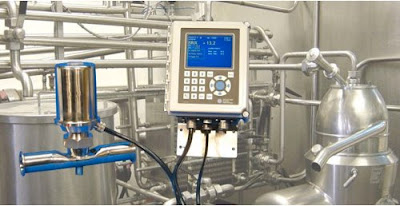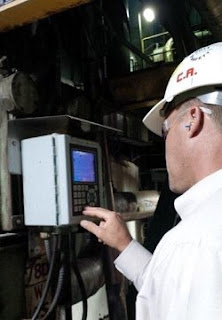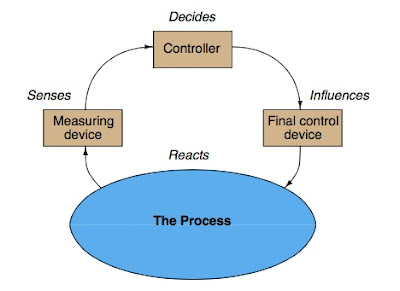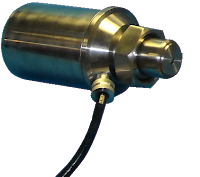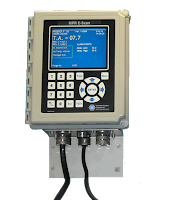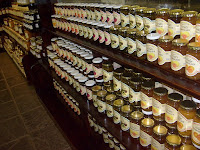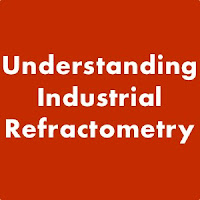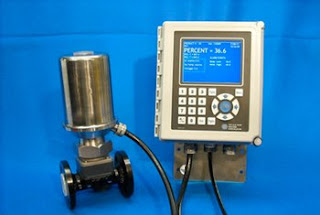Crystallizers
In industry, crystallizers are used for liquid solid separation. They are an important component of chemical processing equipment as they can generate high-purity products from a relatively low energy input. To determine the right seeding point (evaporative crystallizer) or to detect when crystals start to form (cooling crystallizer), the refractometer controls the liquor concentration.Reactors
 Process reactors are used for commercial production applications in adhesives processing, agriculture, chemical processing, cosmetics, food and beverage production, paints and coating production, paper and pulp processing, pharmaceutical and medical production, plastics and thermoplastics processing. The real-time progress of a reaction can be followed using inline refractometers, either through the leveling out of key process variables, or the reaching of a single component's targeted refractive index value.
Process reactors are used for commercial production applications in adhesives processing, agriculture, chemical processing, cosmetics, food and beverage production, paints and coating production, paper and pulp processing, pharmaceutical and medical production, plastics and thermoplastics processing. The real-time progress of a reaction can be followed using inline refractometers, either through the leveling out of key process variables, or the reaching of a single component's targeted refractive index value.
Evaporation
An evaporator is a tool used in a method to transform the liquid form of a chemical substance such as water into its gaseous / vapor form. During that phase, the liquid is evaporated or vaporized into a gas form of the intended substance. Inline refractometers provide real-time data of concentration changes in the process media.Reverse Osmosis
Reverse osmosis (RO) is a water purification method that removes ions, unwanted molecules and bigger particles from drinking water using a partially permeable membrane. Inline refractometers provide real-time data of concentration changes in the process media.Spray Dryers
Spray drying is a way to produce a dry powder from a liquid or slurry by drying quickly with a warm gas. This is the preferred drying technique for many thermally sensitive products like foods and pharmaceuticals. A consistent distribution of particle size is a reason why certain industrial products such as catalysts are sprayed. Process refractometers monitor the concentration of the feed line to the spray dryer, ensuring correct particle size after drying, improving quality, and increasing product shelf life.Dissolving Tanks
Dissolving tanks are used to dissolve solids into a liquid, thereby changing the concentration of the solution. Refractometers provide continuous measurement of the concentration components in solution as the solute dissolves into water or solvent. Information for dissolving rate and dissolved solids is provided instantly through the refractometer and corresponding electronics.Solid / Liquid Extraction
Solid / Liquid extraction method is a very popular method in the pharmaceutical, cosmetic and food industries to acquire natural ingredients such as natural raw material flavors and fragrances. Inline refractometers are used to detect the amount of extracted substance (dissolved solids) in the liquid after the extraction process. The measurement by the refractometer is not affected by undissolved solids, only by the dissolved matter, making it ideal to follow extraction efficiency.Cooking Processes
The art, technology, science and craftsmanship of preparing food for consumption is cooking. The large scale production of juices, jams, jellies, dairy, and fruits in modern production facilities require automation and control instrumentation for quality and efficiency. Sugar is a key component in many foods that needs to be monitored. The inline refractometer is used to monitor refractive index of the product, and when when cooking is complete. Inline refractometers determine the end of the cooking process based on qualitative measurements of dissolved solids.For more information about using applying the refractive index to industrial applications, contact Electron Machine Corporation by calling 352-669-3101 or by visiting https://electronmachine.com.
